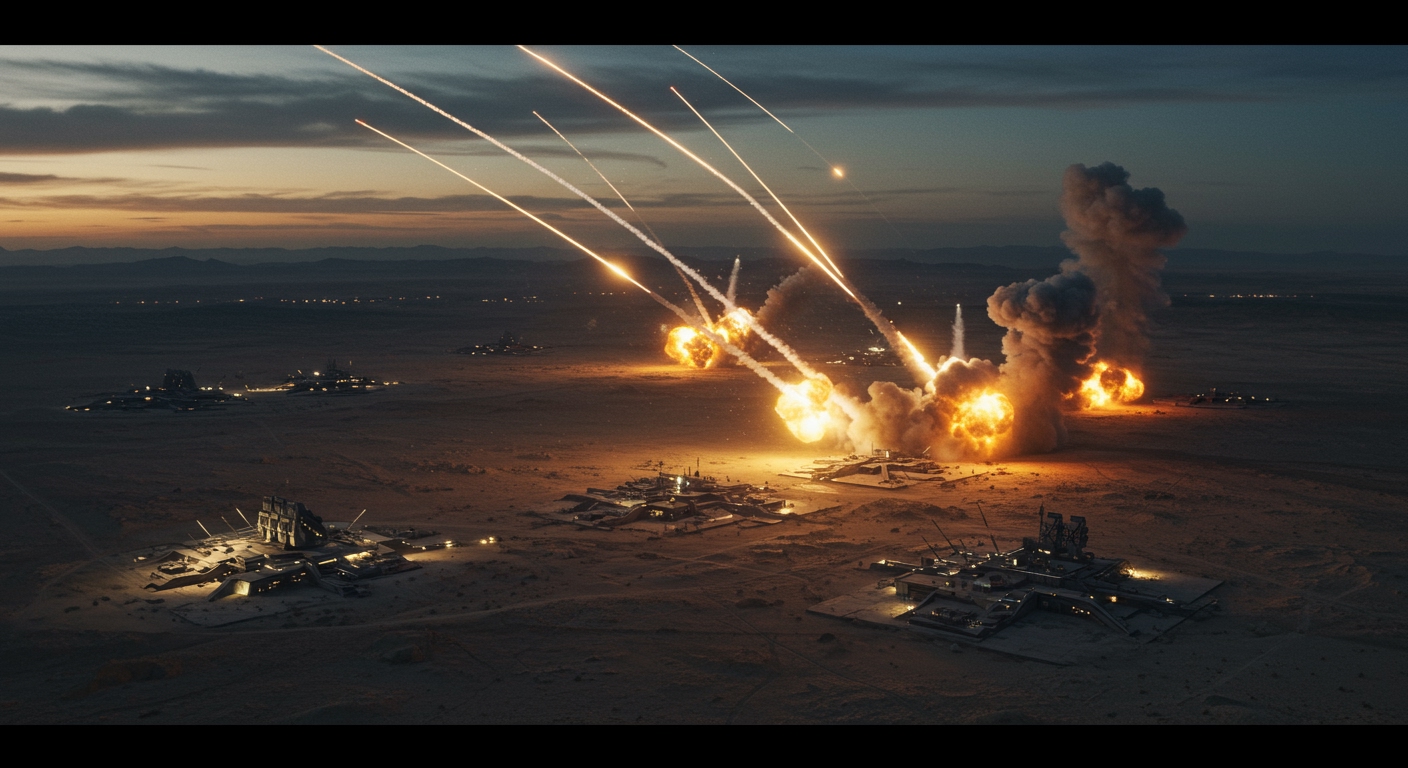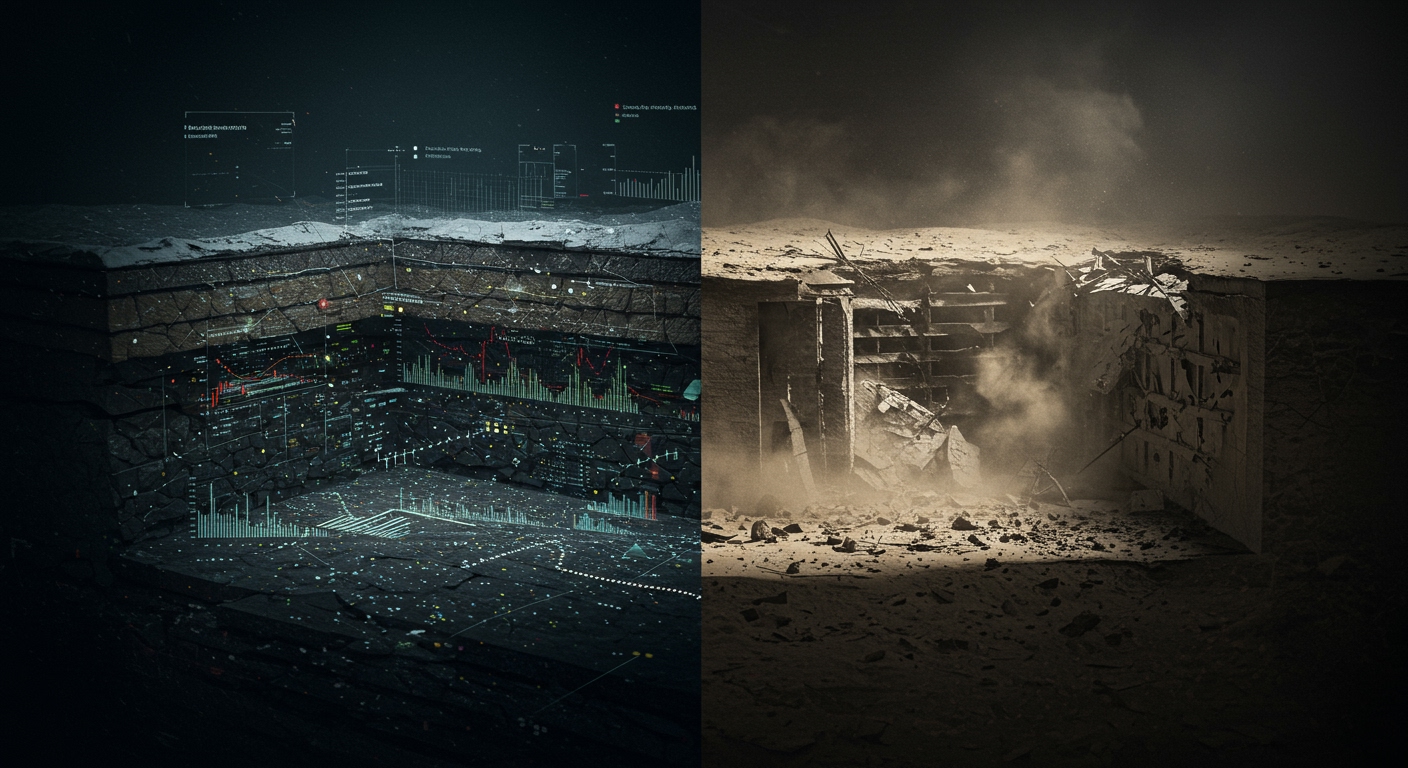Washington’s direct involvement in targeting Iran’s nuclear facilities marks a significant escalation in the ongoing regional conflict, coming in direct support of Israeli efforts.
United States President Donald Trump announced late Saturday, June 21, 2025, that the U.S. military had conducted strikes against three critical Iranian nuclear sites: Fordow, Natanz, and Esfahan. The operation, described by President Trump as “very successful,” signals a deepening of Washington’s engagement in the hostilities that have gripped the region.
US Military Action and Objectives
The strikes, confirmed by President Trump from the White House, targeted facilities widely believed to be central to Iran’s nuclear program. The specific locations hit – Fordow, Natanz, and Esfahan – have long been points of international concern and scrutiny regarding Iran’s nuclear activities. President Trump provided details on the effectiveness of the operation, specifically mentioning the Fordow site. He stated that a “full payload of bombs was dropped on the primary site, Fordow,” underscoring the significance and destructive intent behind targeting this deeply buried facility.
The U.S. administration framed these strikes as a direct measure to support Israel’s ongoing campaign aimed at dismantling or significantly impeding Iran’s nuclear development capabilities. The action unfolds amid a backdrop of sustained and heightened tensions between Iran and Israel, characterized by mutual attacks and threats.
Analysis from defense experts and international observers has characterized the U.S. decision to directly strike Iranian territory and sensitive nuclear sites as a “risky gambit.” This assessment reflects the potential for the operation to trigger a wider and more intense confrontation with Tehran, particularly during this period of already elevated regional instability.
Iran’s Retaliation and Impact in Israel
The day following the U.S. strikes, on Sunday, June 22, 2025, Iran responded with continued missile attacks targeting Israel. Iranian projectiles struck at least three distinct areas within Israel. Among the locations hit was the vital coastal hub of Tel Aviv, one of Israel’s most populous and economically significant cities.
The barrage resulted in significant damage and casualties. Reports from Israel indicate that at least 23 people sustained injuries across the targeted areas. In Tel Aviv, the Ramat Aviv neighborhood experienced particularly severe impacts, with several buildings sustaining considerable structural damage from the incoming missiles.
These retaliatory strikes underscore the volatile nature of the current conflict and Iran’s readiness to respond militarily to actions perceived as hostile intrusions on its sovereignty and strategic assets, particularly those related to its nuclear program.
Diplomatic Repercussions and International Calls for De-escalation
The escalating military exchanges have quickly impacted international diplomatic schedules and prompted calls for restraint.
Egyptian Foreign Minister Badr Abdelatty was compelled to postpone a planned diplomatic visit to India. The decision highlights how the regional crisis is disrupting normal international engagements and requiring focus on immediate security concerns and potential mediation efforts.
Concurrently, international leaders have engaged in high-level discussions to temper the rising tensions. Indian Prime Minister Narendra Modi reportedly spoke with Iran’s President Masoud Pezeshkian. According to reports on the conversation, Prime Minister Modi urged for “immediate de-escalation, dialogue,” reflecting the international community’s concern over the trajectory of the conflict and the potential for it to spiral further out of control.
These diplomatic interventions, while crucial, face the daunting challenge of bridging the deep divides and halting the cycle of action and retaliation that has intensified following the direct U.S. military intervention against Iranian nuclear infrastructure.
Outlook on the Crisis
The U.S. decision to directly target Iranian nuclear sites marks a pivotal moment in the long-running standoff over Iran’s nuclear ambitions and the broader regional power struggle involving Israel. Coupled with Iran’s swift missile response targeting Israeli population centers, the events of June 21 and 22, 2025, have dramatically raised the stakes.
The coming days are likely to be critical in determining whether diplomatic efforts can gain traction or if the region is poised for further military confrontation. The direct engagement of the United States military in operations previously primarily conducted by Israel or through covert means fundamentally alters the dynamics of the conflict, presenting significant challenges for de-escalation and stability in the Middle East.















